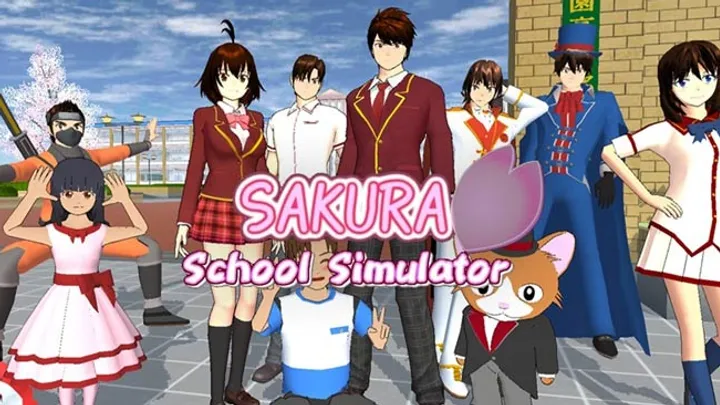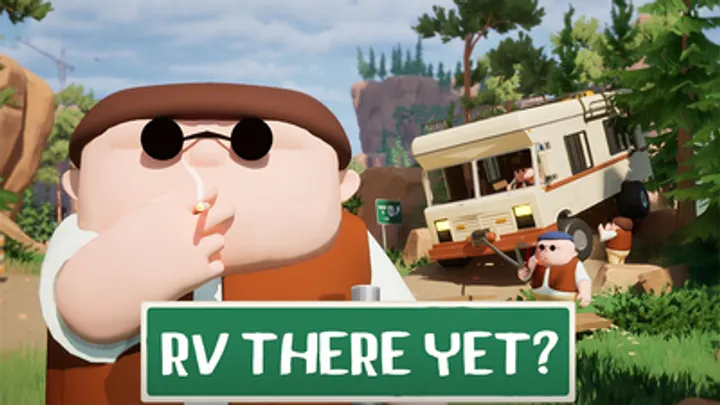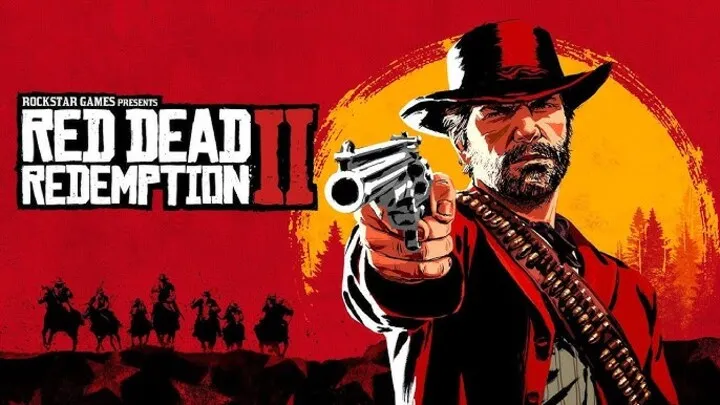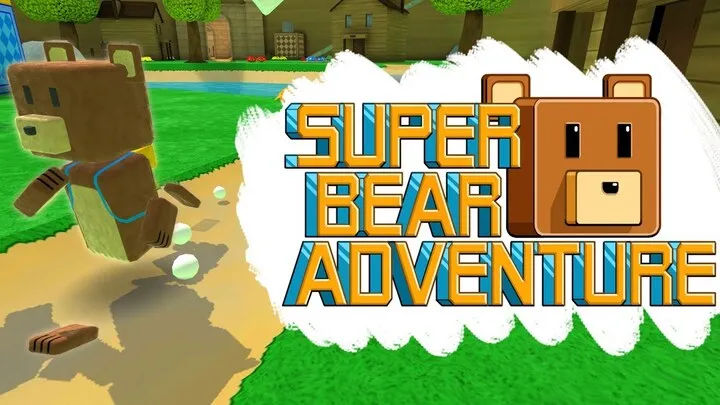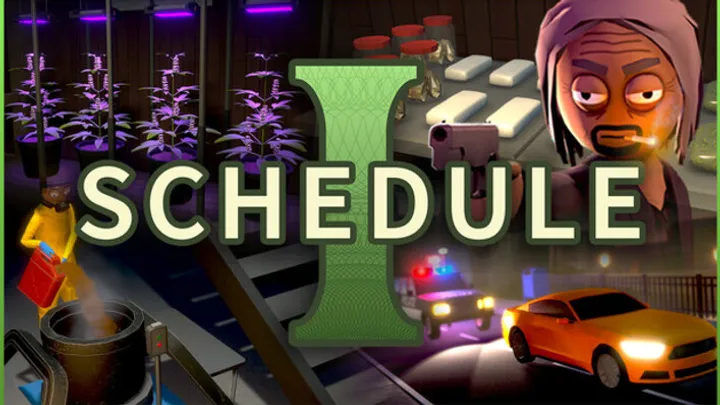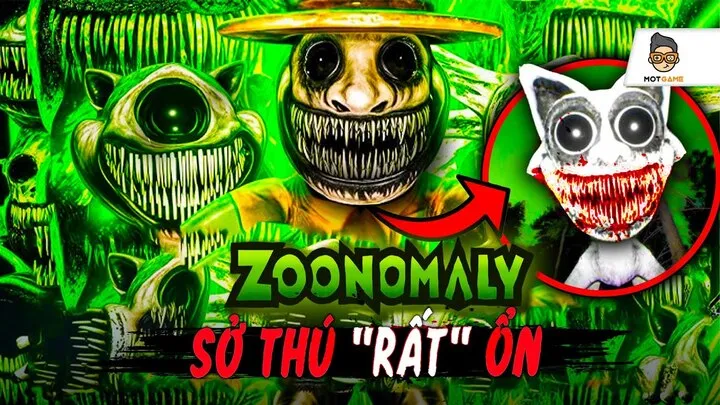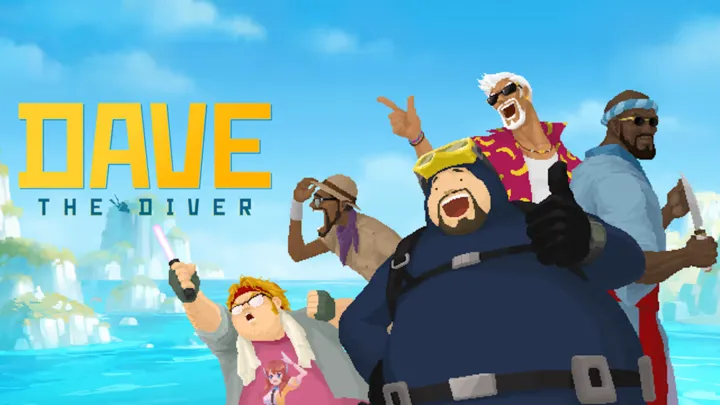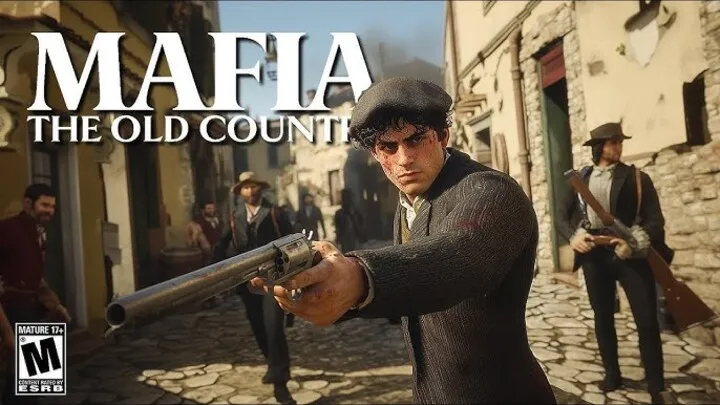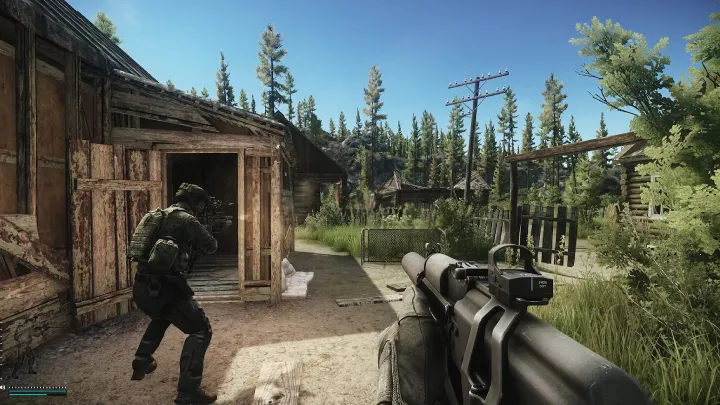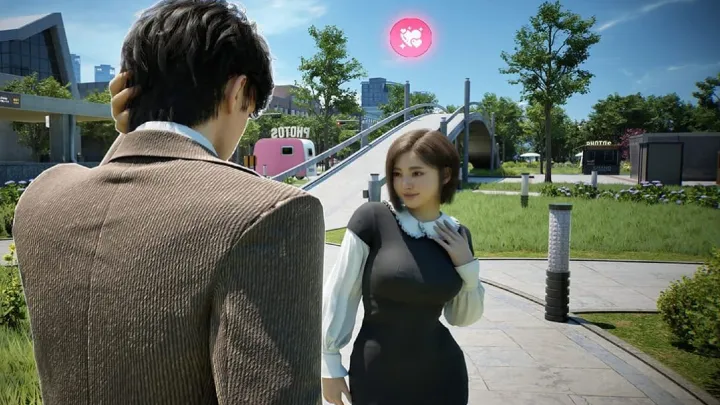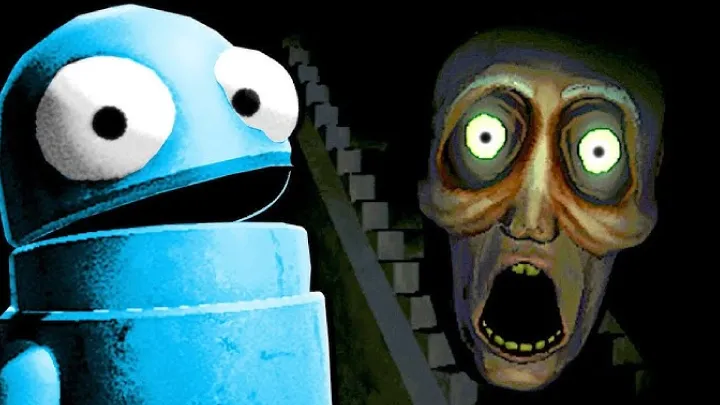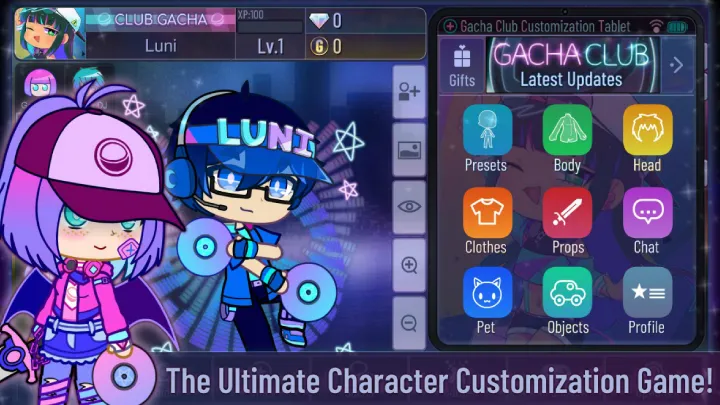Split Fiction is an immersive story-driven game that combines narrative decision-making with puzzle-solving and strategic gameplay. Set in a world where choices shape reality, every action you take branches into new storylines, leading to different outcomes, alliances, and endings. Unlike traditional linear games, Split Fiction challenges players to think critically, make emotional decisions, and explore parallel worlds that shift based on their choices.
This guide will help you understand how to play Split Fiction effectively from grasping the story mechanics and mastering dialogue choices to exploring multiple timelines and achieving the best possible ending. Whether you are new to narrative games or a seasoned player who enjoys exploring complex storylines, this complete how-to guide will prepare you to navigate the worlds of Split Fiction with skill and insight.
Understanding the Core Concept of Split Fiction
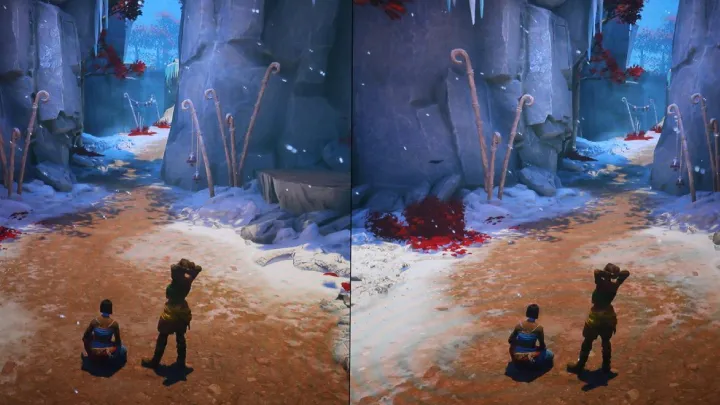
Before starting your first playthrough, it is important to understand the foundation of Split Fiction.
The Story System
Split Fiction revolves around a central theme: every decision splits the story into two different realities. These branches affect characters, relationships, and world events. The core mechanic allows players to jump between alternate timelines to uncover secrets and fix past mistakes.
The Player’s Role
You play as a protagonist caught between realities, able to influence both worlds with your choices. Your goal is to uncover the truth behind a mysterious event that has fractured time itself while maintaining relationships with other key characters.
Narrative Depth
Every dialogue choice, action, or hesitation influences your story. Some consequences appear immediately, while others unfold hours later. The game rewards critical thinking, empathy, and observation.
Getting Started – Beginning Your Journey
Before diving into the story, familiarize yourself with the setup and interface of Split Fiction.
Game Setup and Interface
When you launch the game, you will find a clean and intuitive interface. Dialogue options appear as branching trees, while a journal records your decisions and relationships. Keep an eye on your progress indicators, which show how your choices are affecting each timeline.
Character Creation
Depending on the version of the game, you may be able to customize your protagonist’s name, background, and moral traits. These choices subtly influence how other characters interact with you.
Tutorial Missions
The game begins with a tutorial sequence that introduces you to conversation mechanics, environmental interactions, and the concept of timeline jumping. Take your time during this section to experiment with options and learn how the system responds to your choices.
Mastering Dialogue and Decision-Making
Split Fiction’s heart lies in its dialogue system and decision-making process.
The Branching Dialogue Tree
Every conversation offers multiple dialogue paths. Some lead to emotional connections, others to conflict, and some to new discoveries. There are no “wrong” answers, but each choice creates ripples across both realities.
Emotional Indicators
Icons beside dialogue options show emotional tones such as trust, anger, or fear. Pay attention to these indicators — they guide how your choices affect relationships.
The Power of Silence
Sometimes, saying nothing is a choice itself. Silence can lead characters to reveal hidden truths or change their perception of you. Mastering when to stay quiet can be just as powerful as speaking.
Understanding the Split Timeline Mechanic
The split mechanic is what makes Split Fiction unique and complex.
Timeline Jumping
At certain points, you can shift between two versions of reality. One timeline might show a peaceful world, while the other is descending into chaos. Actions in one reality often affect the other.
Cause and Effect
For example, helping a character in one world might save their life, but ignoring them in the other could lead to unexpected consequences. The game encourages replaying scenes to see how timelines interact.
Managing Paradox Events
If your choices conflict too strongly between realities, paradox events occur. These can rewrite parts of the story or lead to alternate endings. Learning to balance both realities is key to mastering the game.
Building Relationships and Alliances
Characters in Split Fiction are central to your progress and outcomes.
Relationship System
Each major character has trust and influence meters. Actions, dialogue, and side missions affect these values. High trust unlocks unique storylines, while low trust can lead to betrayal or conflict.
Types of Relationships
- Allies: Support you in missions and share valuable information.
- Rivals: Challenge your decisions and may oppose you later.
- Neutrals: Can be swayed depending on your actions.
Maintaining Balance
It is impossible to please everyone. Some choices strengthen one bond but weaken another. Consider long-term goals when managing relationships.
Solving Puzzles and Challenges
Split Fiction is not only about narrative it also includes puzzles and logical challenges that influence the story.
Environmental Puzzles
You will often need to solve riddles, decode messages, or interact with the environment to unlock hidden areas. Pay attention to details, as clues may appear in both timelines.
Moral Puzzles
Some decisions are not about logic but ethics. Choosing between saving a life or protecting the world tests your values and shapes your character’s destiny.
Difficulty Progression
Puzzles become more complex as you advance. Use your journal and notes to track clues across timelines. Observing patterns between worlds often reveals solutions.
How to Manage Resources and Choices
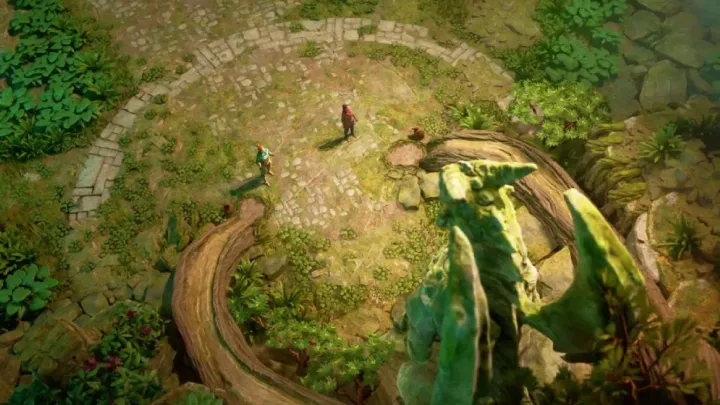
Split Fiction introduces a resource system that reflects mental, emotional, and timeline stability.
Mental Stability
Your protagonist’s mental state affects how clearly they perceive reality. Making conflicting choices between timelines can reduce stability, leading to hallucinations or altered story paths.
Timeline Energy
Jumping between realities consumes energy, which can only be restored through resting, completing side missions, or finding special artifacts.
Strategic Decision-Making
Plan your actions carefully. Using too much energy early may limit your ability to correct mistakes later in the game. Balancing stability and exploration is crucial.
Exploring the World and Hidden Stories
The world of Split Fiction is filled with secrets waiting to be uncovered.
Open Exploration
As you progress, you gain access to multiple regions in both realities. Each area has its own history, culture, and set of mysteries.
Hidden Collectibles
Search for memory fragments, journals, and hidden audio logs that reveal background lore. Some collectibles even unlock special endings.
Side Missions
Optional missions provide deeper character insight and extra rewards. Completing them often changes how the main story unfolds.
Achieving the Best Endings
Split Fiction offers multiple endings based on your decisions and timeline management.
Types of Endings
There are typically three main categories of endings:
- Harmony Ending: Balance both timelines successfully.
- Collapse Ending: Fail to stabilize the worlds.
- Neutral Ending: Accept partial loss or sacrifice.
Unlocking Secret Endings
By maintaining maximum relationship levels and avoiding paradoxes, players can unlock hidden endings that reveal the full truth about the split event.
Replayability
The game encourages replaying to explore new paths and outcomes. Every decision can create a dramatically different story experience.
Tips for Long-Term Mastery
Mastering Split Fiction requires patience, observation, and adaptability.
Keep Notes
Because decisions have long-term consequences, keep personal notes of key events, characters, and items to avoid confusion between timelines.
Explore Every Option
Do not rush. Sometimes exploring alternate dialogue or reloading a previous save helps you see new perspectives.
Balance Emotion and Logic
The best decisions often lie between heart and reason. Understanding both sides of a conflict leads to more satisfying story outcomes.
Conclusion
Split Fiction is more than a game it is an interactive journey through time, emotion, and consequence. Mastering it means learning how to balance dual realities, manage relationships, and embrace the complexity of choice. Every decision, whether small or monumental, ripples through the world and defines your version of the truth.
To truly succeed, think like a strategist but feel like a storyteller. Approach each challenge with awareness and empathy, and you will uncover the deeper meaning behind Split Fiction’s fractured worlds.
Summary:
Master Split Fiction by balancing dual realities, solving puzzles, and making impactful choices that shape your destiny across timelines.
